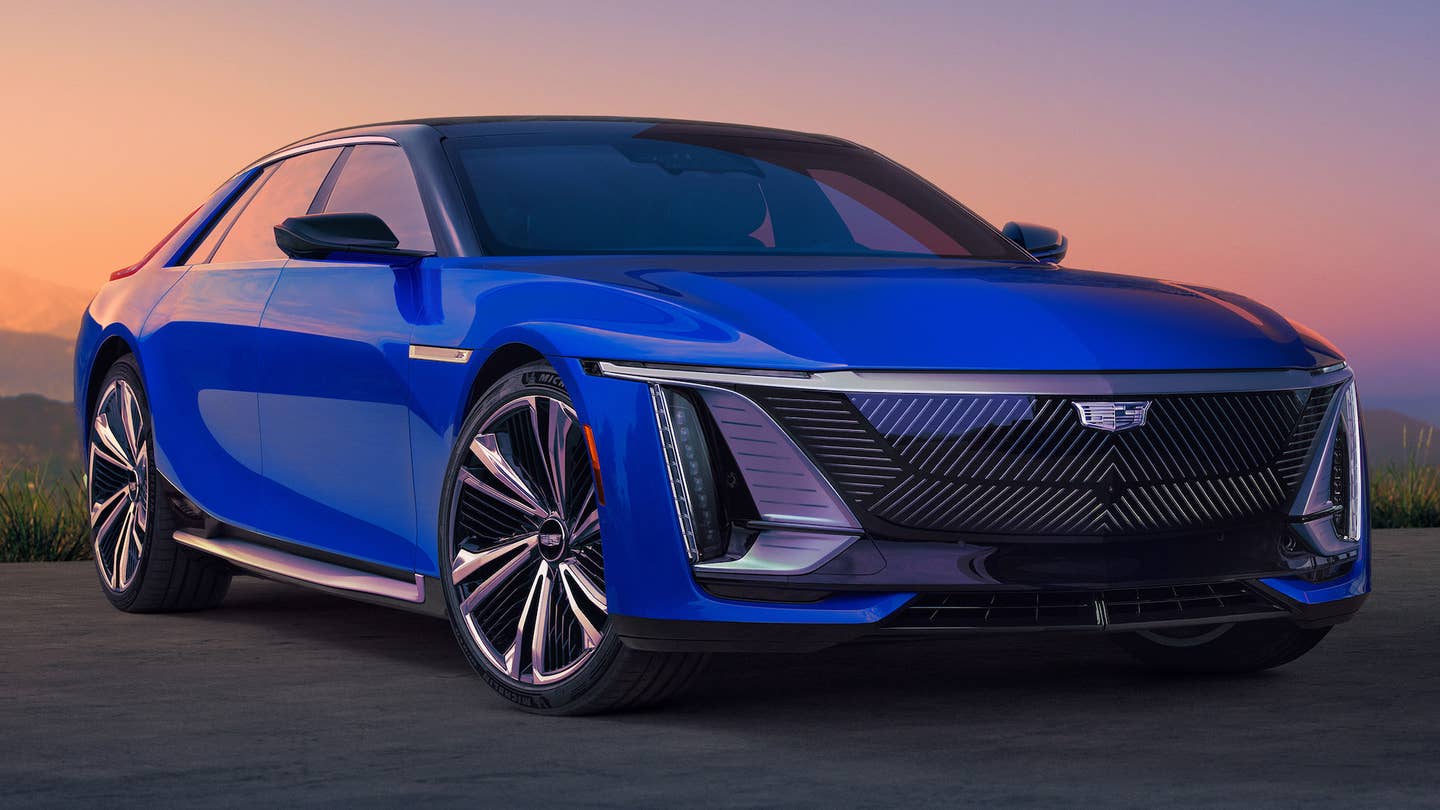NHTSA Proposes 58 MPG Target for 2032 That Requires More Hybrids and EVs
This fleet-wide goal is a big step up from where we are now, though automakers could have a more drastic increase to achieve by 2026.

The National Highway Traffic Safety Administration has proposed its next phase of fuel economy increases through 2032, which could require car companies to achieve a fleet average of 58 mpg. The measure has not been finalized, but appears to heavily favor widespread electrification with an emphasis on electric vehicles.
Overviewed by Reuters, the proposal aims to reduce emissions and fuel use for model year 2027 through 2032 vehicles. It would increase corporate average fuel economy (CAFE) targets from their 2026 standard of 49 mpg to 58, raising the bar by 2% annually for cars and 4% for light trucks. It would also raise expectations for heavy-duty pickup trucks and vans, by 10% yearly from 2030 to 2035.
The NHTSA's proposal projects fuel savings of $1,043 over a vehicle's lifespan, but also increased vehicle costs by $932, for a net savings of $111. It also expects to reduce Americans' gasoline consumption by $18 billion.
CAFE standards do not take drivetrains into account, meaning electrification will be helpful (if not crucial) for avoiding sharply escalating fines for falling short. Their calculation, however, is designed to reduce the effect of extreme outliers, which EVs represent, so meeting the proposed CAFE standard will still require major fuel economy gains across the rest of automakers' lineups. That would likely require broader electrification instead of the ineffective but oft-emphasized all-EV strategy. Greater volumes of plug-in hybrids, or PHEVs, could also achieve the desired effect. (It could also tighten the belt enough on light trucks to make crossovers less economical, encouraging consumers to downsize.)
Achieving 58 mpg is still a lofty goal, as demonstrated by vehicles that achieve similar mileage today. For example, the 2023 Toyota Prius tops out at 57 mpg combined, which is similar to what Japanese kei cars achieve around town. Trucks will likely continue to make up significant proportions of U.S. automakers' sales, which suggests cars would have to exceed CAFE's 58-mpg target to offset them.
Before aiming for 58, though, automakers would be more concerned with meeting an even steeper ramp that is scheduled to take place over the next three years. In 2022, the NHTSA committed to raising CAFE standards to a 49-mpg fleet average by 2026. This would account for a similar (if not larger) increase than was achieved between 2004 and 2019, when CAFE standards climbed from 23.4 fleet mpg to 34.6. By comparison, climbing from 49 to 58 over a six-year period is a smaller increase—though diminishing returns will make each mpg that much harder to get.
Got a tip or question for the author? You can reach them here: james@thedrive.com